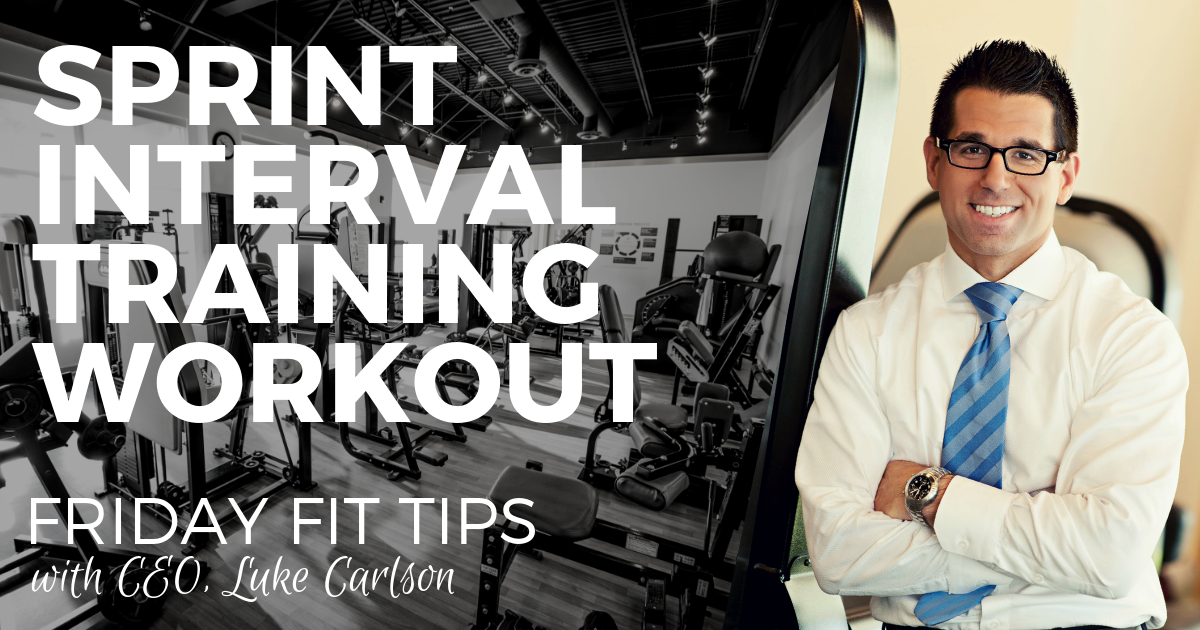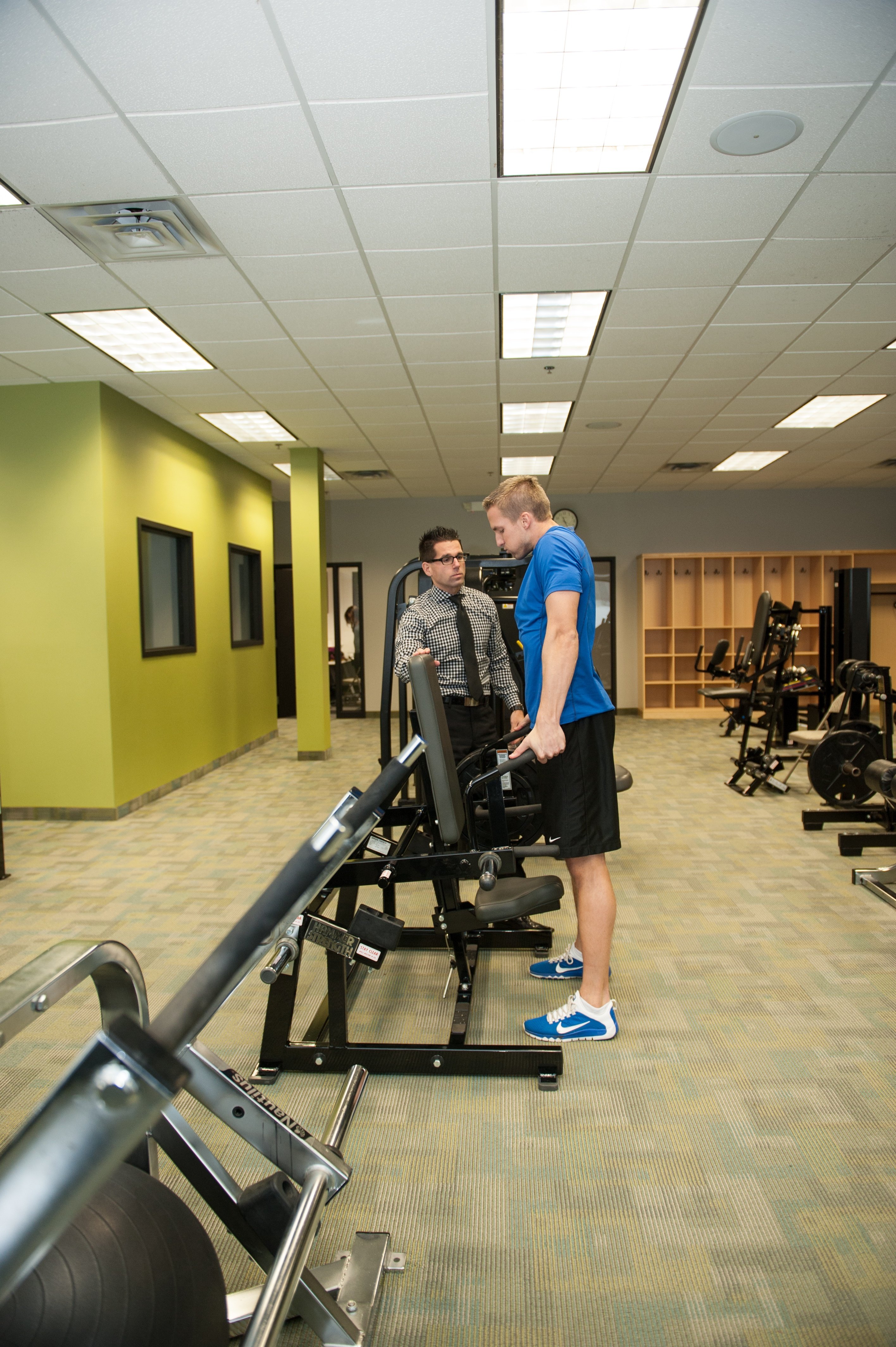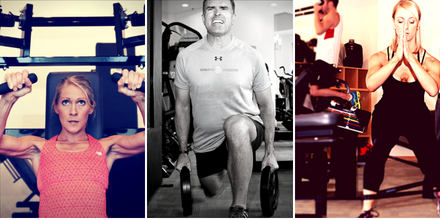SPRINT INTERVAL TRAINING WORKOUT
|
The Best Workouts I’ve Ever Had Shared these Common Factors
With our “Train Like Your Trainer” program starting next week, I’ve been reflecting on my personal workouts over the last 16 years and I’ve started to think about the common factors among the best workouts I’ve ever been through. By “best” I mean those workouts that stand apart from the rest in terms of intensity, challenge, focus, and fatigue. The list below sheds light on the commonalities in most of the best workouts I have ever experienced. Collectively, they serve as a guideline for productive training not only for me, but also for almost anyone interested in engaging in intense, evidence-based resistance exercise. Of course, this is not an all-encompassing list of evidence-based exercise tenets, but guidelines to maximize one’s individual workouts.
Sometimes Old School is the Right School
The American College of Sports Medicine (ACSM) sent out an email survey to its members and certified professionals asking them what the new trends in the fitness industry are for 2013-2014. A few of our staff chuckled as we clicked through question after question about the latest and greatest fitness fads. It left me thinking, “Who cares if this stuff is “new” or hot… shouldn’t we be more concerned with whether or not it PRODUCES RESULTS?” The fitness industry (including everything ranging from health clubs, personal trainers, infomercial gadgets, and fitness/wellness magazines) is as guilty as any industry of hyping what’s new. I’m all for continual improvement and innovation, but new doesn’t mean better… it means, “new.” This line of thinking led to the development of our new “Group” workout card at Discover Strength. We named the workout card “Legends” because the three workouts come from three mentors of mine that are truly “legends” in the field of strength training and fitness. Each workout finds it’s origin in a different decade; one from the 70’s, one the 80’s, and one the 90’s.
High Intensity, Low Volume Cardio
Authors of a research study conducted in Norway with collaboration from scientists in Canada and the US provide evidence to the effectiveness of shorter but more intense cardio-respiratory exercise. Researchers had men ages 35-45 perform 3 workouts per week. After a 10-minute warm-up, group 1 performed 1, 4-minute bout of treadmill walking or jogging (at an incline) at 90% of maximum heart rate. Including a short cool-down, the entire workout lasted 19 minutes. Group 2 performed the same warm-up and cool-down, but instead of performing 1, 4-minute bout, they performed 4, 4-minute bouts (still at 90% of maximum heart rate) with a 3-minute active recovery in between; the entire workout lasted 40 minutes. Interestingly, researchers discovered that the shorter workouts (1, 4-minute interval) were just as effective as the longer workouts in improving VO2max (aerobic capacity), work economy, blood pressure, and fasting glucose. This adds to the growing body of literature that suggests the intensity of our cardio-respiratory exercise is more important that the duration or volume of exercise when it comes to receiving these performance and health related benefits.
Intensity Defined
The scientific literature clearly delineates that “intensity” is the primary stimulus for our bodies to change and improve as a result of engagement in a resistance exercise program. Intensity is most important controllable factor (uncontrollable factors include percentage of fast twitch or slow twitch muscles fibers, muscle belly length, tendon length, and muscle insertion) in an individual’s response to an exercise program. It appears that the other variables of an exercise program, although important, are simply not as meaningful as the intensity with which we exercise. This leads us to an important (and often ignored) question: What is intensity? Intensity can be defined as a percentage of our momentary ability to perform an exercise. Stated other wise, it has nothing to do with the amount of weight we lift, it has everything to do with our effort. Lifting a relatively heavy weight for 6 reps or a relatively light weight for 20 reps are both deemed “intense” so long as it is utterly impossible to lift a 7th rep or a 21st rep. When looking to produce better results, faster results, or to break through a plateau, the first place to turn your attention to should be your training intensity. Most well intended trainees err in almost the opposite direction. They add more exercises, add more sets, and/or increase the number of weekly workouts. All of these are steps in the wrong direction.





Leave a Reply
Your email address will not be published.